Reel Scientists- fishing for the future
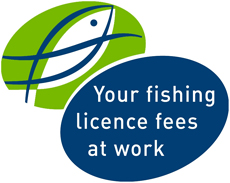
Victoria's Volunteer Angler Diary Program.
Contents
- Reel Scientists: fishing for the future
- 'Reel Scientist' Angler Diary Program
- Species caught
- Why is the 'Reel Scientist' program important?
- Empowering anglers
- 'Reel Scientists' activities in 2010/11
- New developments in the 'Reel Scientist' program
- How is the diary information used?
- Where is the information used?
- Recognition
- Media
- Further reading
'Reel Scientist' Angler Diary Program
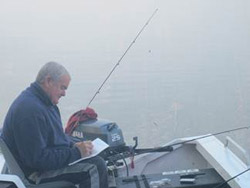
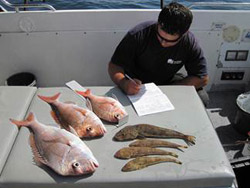
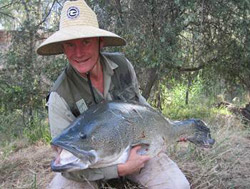
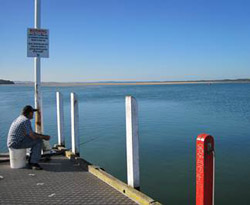
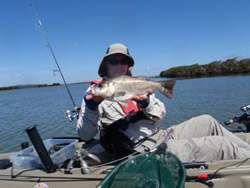
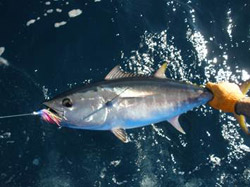
The 'Reel Scientist' program is funded by the Recreational Fishing Grants Program (RFGP).
The 'Reel Scientist' program
Over 300 passionate volunteer anglers throughout Victoria are gathering information about recreational fishing and fish stocks in Victoria. Victoria's 'Reel Scientist' program provides an innovative, remarkably cost effective and valuable service to the department's scientists and fisheries managers.
The 'Reel Scientist' program began in 1997 to monitor the catch rates of black bream populations in Victorian estuaries. Fifteen years later there are now 335 volunteer anglers recording catch information on more than 150 species all across Victoria.
This information collected by the 'Reel Scientist' program has improved our scientific understanding of fish stocks across Victoria. Their work ensures the ecologically sustainable harvest of Victoria's coastal and marine fish resources now and into the future.
Who are the 'Reel Scientists'?
The 'Reel Scientists' are an army of 335 recreational anglers, working the length and breadth of Victoria to collect scientific information to ensure our fish populations are harvested sustainably.
They are volunteers with a high degree of fishing expertise and an excellent knowledge of their preferred fishery and the fish they target. The 'Reel Scientists' are a diverse group, anglers involved in the program range from 16 to 89 years of age.
There are two types of 'Reel Scientists', general anglers and research anglers.
General anglers
General anglers:
- Add value to their fishing experiences by volunteering information on their fishing activities and catches to fisheries scientists
- Are supplied with the two pieces of vital 'scientific' equipment they need to successfully collect information – a diary and a fish ruler!
- Armed with this equipment, their fishing gear, and their fishing knowledge, they turn their normal fishing trips into valuable data collection expeditions.
Research anglers
Research anglers:
- Are passionate about fishing and keen to contribute their fishing expertise specifically to assist with the management of Victoria's fisheries
- Fish under special permits
- Use a range of baits and hook sizes to allow them to catch and collect information on both size and undersize fish
- Provide information on the abundance, size and age distribution of the fish that are present in the population.
To date
Over 670 anglers have participated in the 'Reel Scientist' program since 1997.
General Anglers have voluntarily:
- Undertaken 18,500 trips (78,000 fishing hours) surveying fish populations
- Provided catch information for over 150 species in 250 different Victorian water bodies. This includes records of:
- 197,700 fish caught (49% of fish caught were released)
- 103,100 fish lengths.
Research Anglers have voluntarily:
- Undertaken 6,700 trips (21,000 fishing hours) surveying fish populations
- Provided catch information for over 90 species in 30 different Victorian water bodies. This includes records of:
- 65,000 fish caught and measured (44% of fish caught were released).
Species caught
A wide variety of saltwater, estuarine and freshwater fish species are targeted and caught by 'Reel Scientists' throughout Victoria including the fish pictured on this page.

|
Rainbow trout |

|
Brown trout |
River blackfish |

|
Freshwater catfish |

|
Murray cod |

|
Golden perch |

|
Australian bass |
Garfish |
King George whiting |

|
Australian salmon |

|
Black bream |

|
Southern bluefin tuna |

|
Elephant fish |

|
Estuary perch |

|
Silver trevally |

|
Dusky flathead |
Gummy shark |

|
Flathead |

|
Mulloway |

|
Tailor |

|
Mullet |

|
Luderick |

|
Snapper |
Why is the 'Reel Scientist' program important?
The 'Reel Scientist' program is undertaken by anglers for anglers. It tells us if fish numbers are increasing, decreasing or staying the same.
The 'Reel Scientist' program has provided the only time-series of data describing fishery trends in many small scale recreational fisheries across Victoria. If the program detects changes in fish numbers, then management decisions and actions can be taken to ensure that fishing opportunities are sustained for the future.
The information in the 'Reel Scientist' database and the on-going collection of this information are fundamental to Fisheries Victoria stock assessment processes. This information forms an extremely valuable and cost effective long-term data set providing insights into:
- Recruitment variation
- The effects of fishing pressure.
Without the information collected by 'Reel Scientists', timely management actions in response to changes in fish populations could not be taken.
Fisheries Management Plans
Fisheries Management Plans (FMPs) for many of Victoria's inland, bay and inlet fisheries have been prepared under the requirements of
- The Fisheries Act 1995
- Ministerial Guidelines
- The principles of ecologically sustainable development.
The purpose of FMPs is to specify the goals, objectives, strategies and actions required for the management of these fisheries.
The value of the 'Reel Scientist' program to underpin the management of fisheries across Victoria has been acknowledged in the FMPs, which recommend the 'Reel Scientist' program be implemented and maintained in the following waters:
- Anderson Inlet Fisheries Reserve
- Mallacoota Inlet Fisheries Reserve
- Lake Tyers Fisheries Reserve
- Glenelg Hopkins Fishery
- North East Fishery
- Corangamite Fishery
- West Gippsland Fishery
- Wimmera Fishery
- The Port Phillip & Western Port Fishery (inland waters)
Empowering anglers
During 2010/11, more than 80% of 'Reel Scientists' rated their involvement in the 'Reel Scientist' program as positive. Here are some of the reasons 'Reel Scientists' are so positive about the program:
- "Brilliant, can't measure the value of the program"
- "It's win-win. I keep records and they collect the data"
- "Not a lot known about estuary perch, so the more information the better"
- "Knowledge for fisheries is vital"
- "Valuable for the fisheries and the government"
- "Interesting to learn from the department how estuary perch are thriving"
- "Absolutely brilliant"
- "Important to keep the program going"
- "Always happy to help a positive cause"
- "The more information, the more it helps rules and regulations"
- "Good return for all anglers"
- "Helps out the fishery to establish stockings"
- "Marvellous program, massive change since the diary program first came in. Scientists deserve a lot of credit"
- "Happy to contribute to the fishery"
- "Helps the fishery, helps the angler"
- "Happy to give something back"
- "The feedback is great"
- "Hopefully all input will be positive for future generations"
'Reel Scientists' activities in 2010/11
'Reel Scientists' recorded catch information from over 1,500 trips during 2010/11. They fished for almost 5,000 hours catching more than 13,500 fish. Over 90% of the catch was measured.
While not all 'Reel Scientists' submit their diary every year they still contribute to the program by contributing local knowledge about their fishery to fisheries scientists, other anglers, VRFish and at scientific workshops.
During 2010/11 'Reel Scientists' caught and measured over 12,000 fish throughout Victoria.
| Anglers (n) | Trips (n) | Fishing hours (n) | Fish caught (n) | Released (%) | Fish measured (n) | |
|---|---|---|---|---|---|---|
| Research | 63 | 1,171 | 3,524 | 9,634 | 37% | 9,447 |
| General | 42 | 402 | 1,462 | 4,158 | 53% | 3,118 |
| Total | 105 | 1,573 | 4,987 | 13,792 | 12,565 |
The map below highlights some of the areas that 'Reel Scientists' fished during 2010/11. These include FMP areas (listed previously), Port Phillip Bay, Western Port bay and Gippsland Lakes.
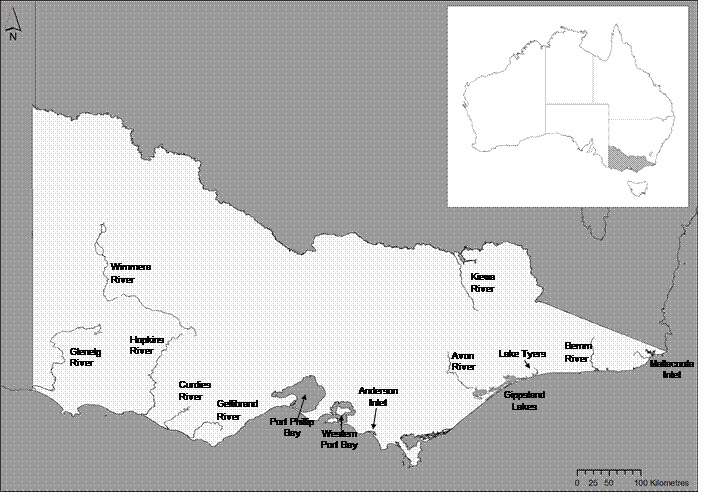
Over 100 'Reel Scientists' fished in Victorian water bodies during 2010/11.
New developments in the 'Reel Scientist' program
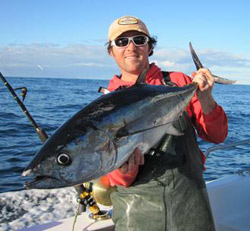
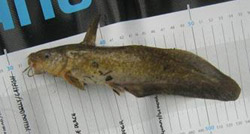
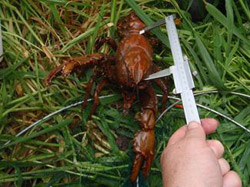

The recruitment of experienced anglers to the 'Reel Scientist' program is ongoing as the program continues to grow and expand to cover a larger range of species and water bodies. The following are some recent expansions.
Southern Bluefin Tuna
During 2011 the Recreational Fishing Grants Program funded a scientific study to estimate the size of the recreational fishery for Southern Bluefin Tuna (SBT) in south-western Victoria. Researchers interviewed anglers at boat ramps recording information about the SBT catch, while experienced SBT anglers recorded their fishing activities in a diary.
Estimates of Victoria's total annual recreational SBT catch will help protect this fishery in Victoria and contribute to the global sustainability of this species. Results will be available in 2012.
Freshwater catfish, Gippsland spiny freshwater crayfish and blackfish
Freshwater catfish, Gippsland spiny freshwater crayfish and blackfish were listed as key recreational species in the Wimmera, West Gippsland and Corangamite FMPs, respectively. Reel scientists who target these species are continuing to be recruited to the 'Reel Scientist' program.
How is the diary information used?
The information collected by 'Reel Scientists' improves our scientific understanding of fish stocks across Victoria. 'Reel scientists' provide information on:
Abundance of fish
'Reel Scientist' catch rates can be used as a measure of fish abundance. Catch rates can indicate an increase or decrease in the abundance of fish over time.
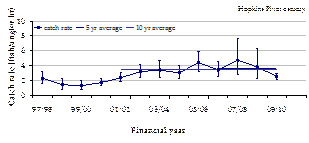
Health of the fishery
The lengths of fish caught by research anglers indicates the range of both size (light blue) and undersize (dark blue) fish and can be used to forecast for the strength of the fishery 2 to 3 years in advance.
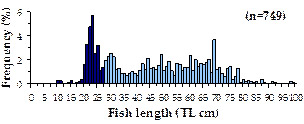
The ages of fish caught by research anglers shows how old the fish in the population are as well as identifying strong spawning year classes (blue, pink and green). Ageing information also identifies the strength of the year classes that will recruit to the fishery in the next few years (black).
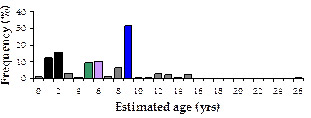
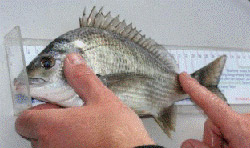
Measuring a bream
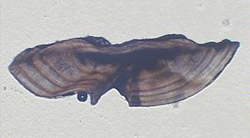
Growth increments on a fish's ear bone (otolith) reveal how old the fish was. This snapper was four years old.
Profile of the fishery
'Reel Scientists' give an insight into the species targeted and caught in each fishery. For example in Anderson Inlet estuary perch were the most common species targeted and caught. Anglers also targeted King George whiting, Australian salmon, flathead and trevally. Most estuary perch caught were released.
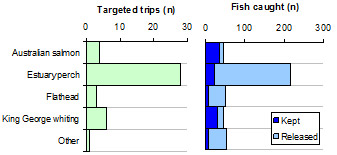
Fish targeted and caught in Anderson Inlet.
Post-release survival of undersize snapper and black bream
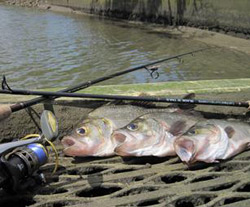
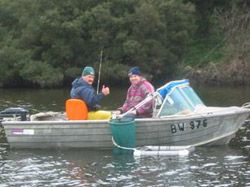
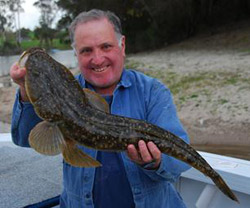
Legal-minimum length (LML) and daily bag limits (DBL) are common management tools for recreational fisheries. These regulations assume that the survival rate for released fish is high. 'Reel Scientists' were involved in a study to investigate the post-release survival rate of under-size snapper and black bream.
The results showed that post release survival rates for these important Victorian hook-and-line fisheries are high (>80 %) which supports the current use of LMLs as a tool for protecting these fish stocks.
Impacts of the 'Reel Scientist' program
Information from the 'Reel Scientist' program (in combination with other fisheries research) has:
- Been used to establish the need to increase the size limit of black bream in the Gippsland Lakes. The size limit increased from 26 to 28 cm TL in December 2003
- Highlighted the need to review the size limit of dusky flathead. This review is currently taking place.
Importantly, information from 'Reel Scientists' is also used to indicate when no management intervention is required and contributes to demonstrating that fishing is undertaken at sustainable levels.
Where is the information used?
'Reel Scientist' Program Annual Report
Every year a report is produced by Fisheries Research Branch presenting information on fishery trends and the status of key target species identified in FMPs.
A copy of this report can be found under Fisheries Reports
Fisheries Victoria Stock Assessments
Fisheries Victoria co-ordinates three assessment workshops for selected Victorian marine and estuarine fisheries/stocks every year. All available research and monitoring data for individual fisheries/stocks are presented and discussed at these workshops, including data from the 'Reel Scientist' program.
'Reel Scientists' are also invited to come and present their observations and views on the status of fisheries/stocks at these assessment workshops.
Fisheries Management Plan Reference Group Meetings
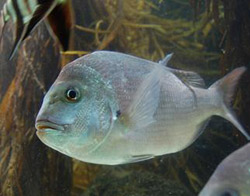
Snapper are monitored by 'Reel Scientists' in Port Phillip Bay as part of the Baywide Monitoring Program.
Reference Groups are established for each Fisheries Management Plan to work with the department to deliver the desired management outcomes for the fishery. The reference groups include representatives nominated by VRFish, Fisheries Victoria, Parks Victoria and the relevant Catchment Management Authority.
Information from the 'Reel Scientist' program is presented at reference group meetings.
Recreational Fishing Open House Meetings
VRFish, the Victorian Recreational Fishing Peak Body, is conducting a series of 10 'Open Houses' throughout Victoria based on the roll-out of the Fishery Management Plans (FMPs).
Information from the 'Reel Scientist' program is presented at these meetings to inform recreational fishers of the work being undertaken by 'Reel Scientists' and the current status of the key fish stocks identified in the FMPs.
VRFish also assists in the recruitment of 'Reel Scientists' to the program.
Baywide Monitoring
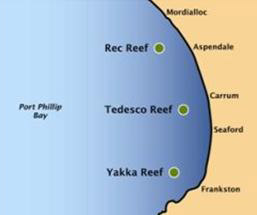
Locations of the recreational reefs in PPB.
'Reel Scientists' are recording fishing activities in Port Phillip Bay to monitor fish stocks during and after channel deepening. This project is an extension of our existing program and aims to determine if fishing catches are within natural variation over the life of the channel deepening project.
Recreational Reefs
Trial recreational reefs were deployed off Frankston/Mordialloc in 2009. 'Reel Scientists' fish the reefs and adjacent areas (before and after reefs are deployed) to assess if the reefs attract fish and enhance fishing opportunities. This project is part of the $13.5 million Enhanced Recreational Fishing Program.
Recognition
The 'Reel Scientist' program won two prestigious awards during 2011. These awards recognised the importance of 'Reel Scientists' to sustainable fisheries management and also for the leadership example they provide to both the Victorian recreational fishing community and the broader Victorian community.
Victorian Coastal Council Awards for Excellence
Joint winner of the '2011 Community Action and Partnership Award'
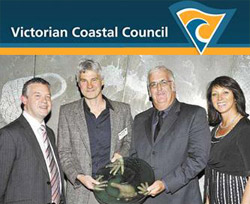
Environment and Climate Change Minister Ryan Smith and Victorian Coastal Council chair Libby Mears recognised the works of Reel Scientists' at the Victorian Coastal Awards. Simon Conron ('Reel Scientist' Program manager) and Allan Rodgers (Reel Scientist) collected the award on behalf of all anglers.
United Nations Association of Australia
Winner of the 'Excellence in Marine and Coastal Management Award'
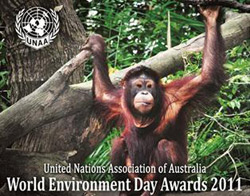
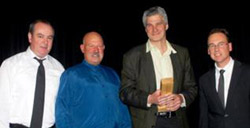
Reel Scientists' Ken Radley and Tony Ramunno together with 'Reel Scientist' program manager Simon Conron accepting the United Nations award for excellence in Marine and Coastal Management from Climate Action, Environment and Heritage Shadow Minister Greg Hunt.
Media
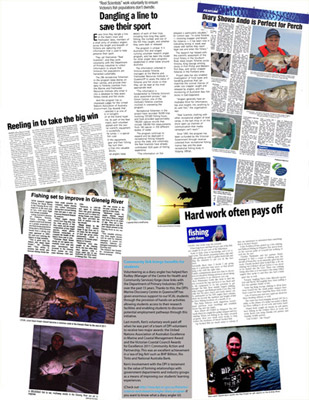
In the past year articles about the'Reel Scientist' program have featured in:
- Fishing monthly
- The Age newspaper
- Echo (Bellarine edition)
- Portland Observer
- SW TAFE Communicator
- Latrobe Valley Express
Further reading
'Reel Scientist' Program Annual Report for Management
The 2010/11 annual report for management detailing results from the 'Reel Scientist' program in Fishery Management Plan water bodies will be published by 31 January 2012 and available under Fisheries Reports.
